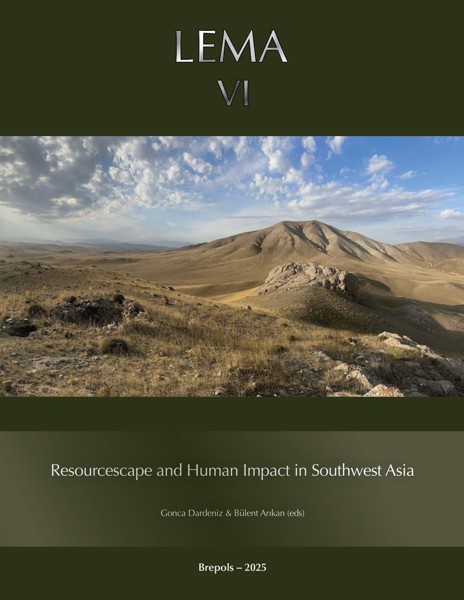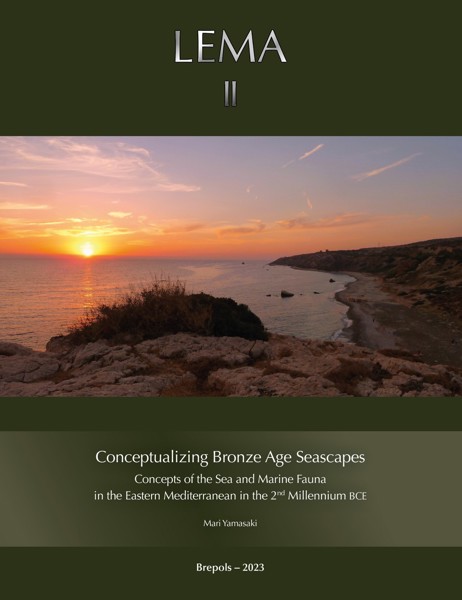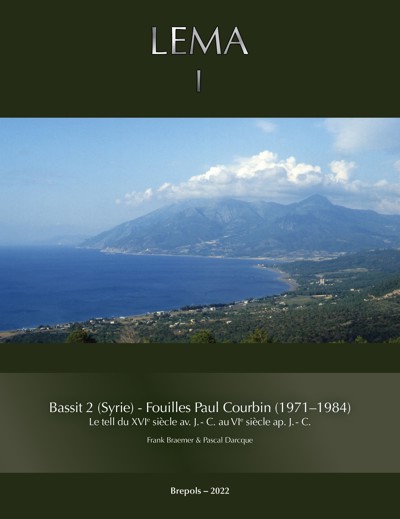
Jebel al-Mutawwaq
A Fourth Millennium BCE Village and Dolmen Field. Six Years of Spanish–Italian Excavations (2012–2018)
Andrea Polcaro, Juan Ramon Muñiz, Alessandra Caselli (eds)
- Pages: xiv + 270 p.
- Size:216 x 280 mm
- Illustrations:161 b/w, 6 col., 43 tables b/w., 1 maps b/w
- Language(s):English
- Publication Year:2024
- € 95,00 EXCL. VAT RETAIL PRICE
- ISBN: 978-2-503-60939-3
- Paperback
- Available
- € 95,00 EXCL. VAT RETAIL PRICE
- ISBN: 978-2-503-60940-9
- E-book
- Available
The editors of the volume are the co-directors and the vice-director of the Spanish-Italian Archaeological Expedition to Jebel al-Mutawwaq, since 2012.
Andrea Polcaro, MA, PhD, is Associate Professor in Near Eastern Archaeology at Perugia University, Italy.
Juan Ramon Muniz, MA, is researcher at Pontificia Facultad San Esteban of Salamanca, Spain, working at the site with prof. Fernandez-Tresguerres since 1998.
Alessandra Caselli, MA, PhD, is a research fellow in Near Eastern Archaeology at Perugia University, Italy.
Collaborators of the expedition will also participate to the volume.
The Early Bronze Age site of Jebel al-Mutawwaq, located on a hill overlooking the Zarqa River in Jordan, was a thriving centre of population from the second half of the fourth millennium into the third millennium BCE. During this time, the settlement developed both in population and social complexity, undergoing the beginnings of an urbanization process that fundamentally changed the relationship between this community of the Transjordanian Highlands with the surrounding landscape, until it was completely abandoned around 2900 BCE. This volume offers a new assessment of the site by combining data from the first surveys of the site, under a Spanish team led by J. A. Fernandez-Tresguerres, with the new results from six seasons of excavations led by teams from Perugia in Italy, and San Esteban in Spain. In doing so, this work sheds new light on this walled settlement and its huge megalithic necropolises, and offers a fresh understanding of the site.
List of Illustrations
An Introduction to the Volume
ANDREA POLCARO & JUAN RAMON MUÑIZ
1. Jebel al-Mutawwaq: History of Investigations
JUAN RAMON MUÑIZ
2. The Historical Framework: EB I in Jordan
ANDREA POLCARO
3. The Site of Jebel al-Mutawwaq: Architecture, Settlement Planning, and Space Organization
ANDREA POLCARO & JUAN RAMON MUÑIZ
4. The Pottery: Function and Typologies
ELOISA CASADEI & JOAQUIM DEL RIO
5. The Lithics: Function and Typologies
ALESSANDRA CASELLI
6. Biomolecular Archaeology: Preliminary DNA Analysis of Skeletal Remains from Jebel al-Mutawwaq
CHIARA PANICUCCI, SARA SILVESTRINI, GIORGIO GRUPPIONI, DONATA LUISELLI, ELISABETTA CILLI & PATRIZIA SERVENTI
7. The Development of Olive Growing at the Jebel al-Mutawwaq Site: Preliminary Data
ALESSIA D’AURIA & GAETANO DI PASQUALE
8. Conclusions: The Importance of the Jebel al-Mutawwaq Settlement at the Beginning of the First Urbanization in the Southern Levant
ANDREA POLCARO
Works Cited




